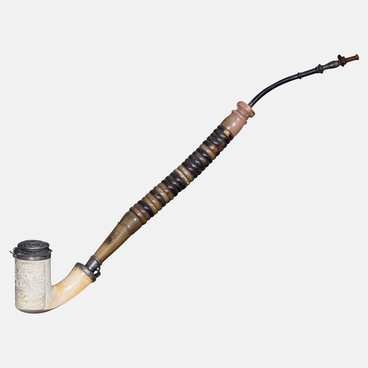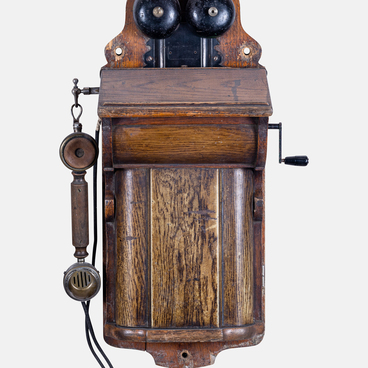The Ulyanovsk Regional Museum of Local Lore named after Ivan Goncharov presents the Isayev’s weight-per-bushel tester (grain scales, or “purka” in Russian) — a device for determining the nature (weight of a known volume of grain) of grain crops.
In different countries, measurements and weights were used in national or conventional denominations. Therefore, there are several designs of grain scales: Dutch, Polish, Berlin, Riga, American, Russian Isayev’s “purka”, grain scales of the Main Chamber of Weights and Measures and others. At the end of the 19th century, there were about 15 types of grain scales in the grain trade. In Russia, to determine the nature of a predetermined volume, one weighed a quarter of the grain volume (209.9 liters) directly. However, such a mass of grain was too large, and its use was cumbersome. The weighing results were unreliable and depended on the method of filling the measure with grain; therefore, the weight of the quarter was replaced by a smaller measure of 1 Russian chetverik (26.24 liters). In 1883, the Technical Council of the Main Intendant Directorate introduced a device for determining the bushel weight, consisting of a cylindrical measure with a capacity of one chetverik and a funnel fixed above it, equipped with a valve at the outlet. The measured grain was poured from the funnel into the measure without shaking or jolting, and then the grain in the measure was weighed. Along with the intendant’s grain scales, Isayev’s weight-per-bushel tester was used, where the bushel weight was determined by a smaller fraction (1/32 of a chetverik).
Isayev’s weight-per-bushel tester is different from all other scales because its grain measure has a special shape. In the 1880s, the Russian grain merchant Isayev proposed a transformation of the Dutch scales for determining the nature of rye and wheat: instead of the usual cylindrical grain measure, a cylindroconical one with the truncated apex of the cone facing upward was used. With a capacity almost identical to that of Dutch grain scales, the upper hole of Isayev’s cylindrical measure has a diameter three times smaller and, therefore, an area nine times smaller than that of the Dutch measure. At the same time, the design of Isayev’s weight-per-bushel tester enables a rigid connection of the measure with the cylinder by a funnel, which is always centered and located at the same fixed height. These characteristics influenced a denser grain filling and significantly increased the accuracy of the measurement. The possible error became many times lower than that in the Hamburg weight-per-bushel tester, which was widely distributed in Russia at the time. Isayev’s weight-per-bushel tester was used until the late 1920s.


